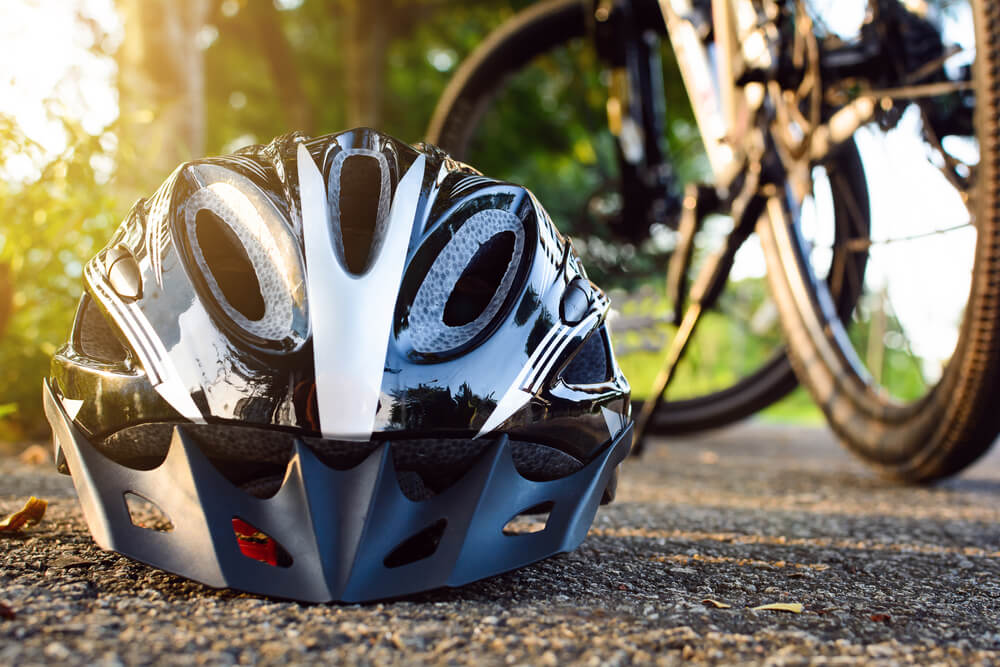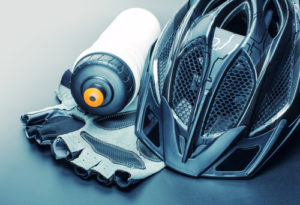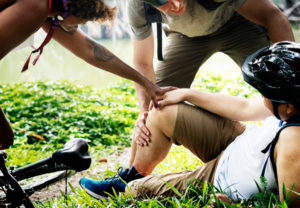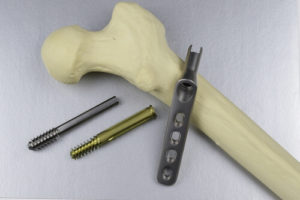
Protective Bicycle Gear Reduce The Risk of Severe Injury
Bike accidents are a small but not insignificant portion of vehicle accidents, but these crashes can result in severe injuries. Injured cyclists should always contact a Spring, TX bicycle accident lawyer at Holladay Law Firm, PLLC for help with a possible legal claim.
Due to their vulnerable position, bicyclists and motorcyclists face a considerably more significant risk of severe injury and death than drivers involved in vehicle accidents. If you or a loved one were involved in a severe bicycle accident, you might be entitled to claim damages in a personal injury or wrongful death case against the parties at fault. This happens when an accident and injuries were caused by another driver or negligent party.
It’s crucial to speak to a local Spring, TX bicycle accident lawyer in the aftermath of an accident. Still, before such an incident, you must choose the right protective gear to mitigate the risk of serious injury. Here’s how you go about doing precisely that.
Helmets
Head injuries and catastrophic injuries to the spine, skull, and brain are some of the deadliest repercussions of bike accidents. The National Safety Council attributes that one-third of non-fatal bicycle accidents are head injuries. Even when these incidents don’t lead to death, they can still have tragic life-altering ramifications, including paralysis, memory loss, and brain damage.
Fortunately, while it can’t prevent the full impact of these injuries, a helmet can significantly mitigate the severity associated with such head injuries. That same NSC report found that helmets can lower the risk of these severe catastrophic injuries by up to 50%, which, while not perfect, is far better than wearing no helmet at all. To choose a good helmet, look for a product that’s snug but not too tight, touts a durable outer layer and soft inner layer, and has positive reviews to corroborate its protective efficacy.
Pads
Since victims often fall sideways when losing balance, knees and elbows are vulnerable points that usually brace the brunt of bicycle accidents. This leaves the limbs prone to sustaining painful sprains, fractures, or road rash abrasion injuries where surfaces embed in the skin like shrapnel.

Helmets can lower the risk of catastrophic injuries by up to 50%
To choose the right knee and elbow pads, evaluate them based on durability, breathability, and flexibility. Density and tightness isn’t always a good thing if that rigidity limits your range of motion and impedes your ability to ride safely. Actively measure your arms and legs with tape to ensure such pads fit as snugly as possible and ask the vendor to help you find the right fit.
Gloves
Just as you’ll want to protect your arms from abrasions, you’ll also want to be sure to protect your hands as well. Not only will you have to endure potential road rash from the asphalt or surface debris, but dirt and dust accumulations if you’re traversing down a mountain or rugged natural terrain. Long-distance riding anywhere is also bound to risk chafing, blistering, numbness, or carpal tunnel syndrome.
To protect your fingers and hands, you must pick out some nice biking gloves. You can go with a fingerless, half-finger, or full-finger design, but regardless, look for gloves with a comfortable fabric that wicks away moisture, breathable but durable padding, and a full, extended palm. Additionally, look for a finger material that enables you to grip tightly and use touchscreens as effortlessly as you could with your bare fingers, in the event you need to dial 9-1-1.
Torso Protectors
While your head and limbs are the most vulnerable to serious injury in bike accidents, your chest has vitals of its own. So with that in mind, consider investing in a durable vest that secures your chest, neck, and more excellent torso from harm. This could range from lightweight roost protectors to full body armor to neck braces meant to sustain high-impact force.
These more durable protections are recommended for bikers riding steep mountainous terrain. Look for torso protectors with a snug fit, durable outer shell made of nylon or carbon fiber, and enough layers to integrate spine and neck protection. Both neck braces and body armor generally run a few hundred if you want a high-quality product, and while that may seem costly, it’s far less expensive than a medical bill from the ER. Fortunately, if the most unfortunate happens, you might be able to recoup some of those losses.
Possible Fractures from Accidents Without Bicycle Gear
Anyone with fractures from bicycle accidents is likely to sustain several serious injuries, including the possibility of multiple broken bones. This is because bicyclists typically do not have anything to protect their legs or arms, and by sheer force of the collision, the outcome is usually broken lesions.
People enjoy riding bicycles for many different reasons. While there are efforts to make cycling on the streets safer, it is still cases that many accidents occur involving cyclists, and many of them result in serious injuries. Those injured in a bicycle collision should immediately speak with an injury law firm that regularly handles this type of case.

Bicyclists typically do not have anything to protect their legs or arms.
There are two ways bone fractures may occur – one when a bicyclist has contact with the car that hits them, or two when the cyclist hits the pavement. When this happens, several types of fractures can result.
Types of Bone Fractures
The type and nature of bone fracture that can result from a bicycle accident will affect what treatment is needed and the length of the possible recovery time. A bicycle accident victim might sustain one or more of the following:
- Closed fracture: This is when the bone breaks but does not puncture the skin.
- Open fracture: This is when the bone breaks and pierces through the skin. In this type of fracture, there is a heightened risk of infection, and most victims need emergency surgery.
- Comminuted fracture: This type of fracture occurs when the bone breaks into several pieces.
- Displaced fracture: In such cases, the bone snaps and moves such that the ends are not lined up straight.
- Non-displaced fracture: In these cases, the bone cracks but maintains its alignment.
Consequences of Fractures From Bicycle gear Accidents
When someone has suffered a bone fracture injury, they may require surgery, depending on how severe the fracture is, its location, and the damage sustained to the bone and surrounding tissue. More devastating and severe bone fractures sustained in a bicycle crash can have serious complications and even life-changing consequences if not treated right away. For example, it is possible for an accident victim to sustain damage to blood vessels or for the bone and adjacent tissue to get infected.
The prognosis for recovery from bone fractures could be weeks or even months, even with the best of treatment available.
The Most Susceptible Bones in a Bike Accident
Any bone in the cyclist’s body may break in a bike accident, including:
- Facial bones. A broken nose, a broken cheekbone, or even a broken jaw can be extremely painful, could require surgery, and may result in disfigurement.
- Skull. Head trauma is common in bike crashes, and skull fractures can result, even if the cyclist was wearing a helmet.
- Neck. One of the more devastating and possibly life-altering injuries is when one of the cervical vertebrae between one’s skull and shoulders breaks. The broken vertebra may not be able to adequately protect the spinal cord, and if this leads to a spinal cord injury, the outcome could be paralysis or even death.
Bone fracture injury may require surgery.

Let a Spring, TX Bicycle Accident Lawyer Handle Your Case
For years, Holladay Law Firm has tackled a wide variety of personal injury and wrongful death cases, including bike crash cases, across Spring, Houston, and Tomball, Texas. Help our Spring, TX bicycle accident lawyer help you and contact us today to arrange a free case evaluation!
